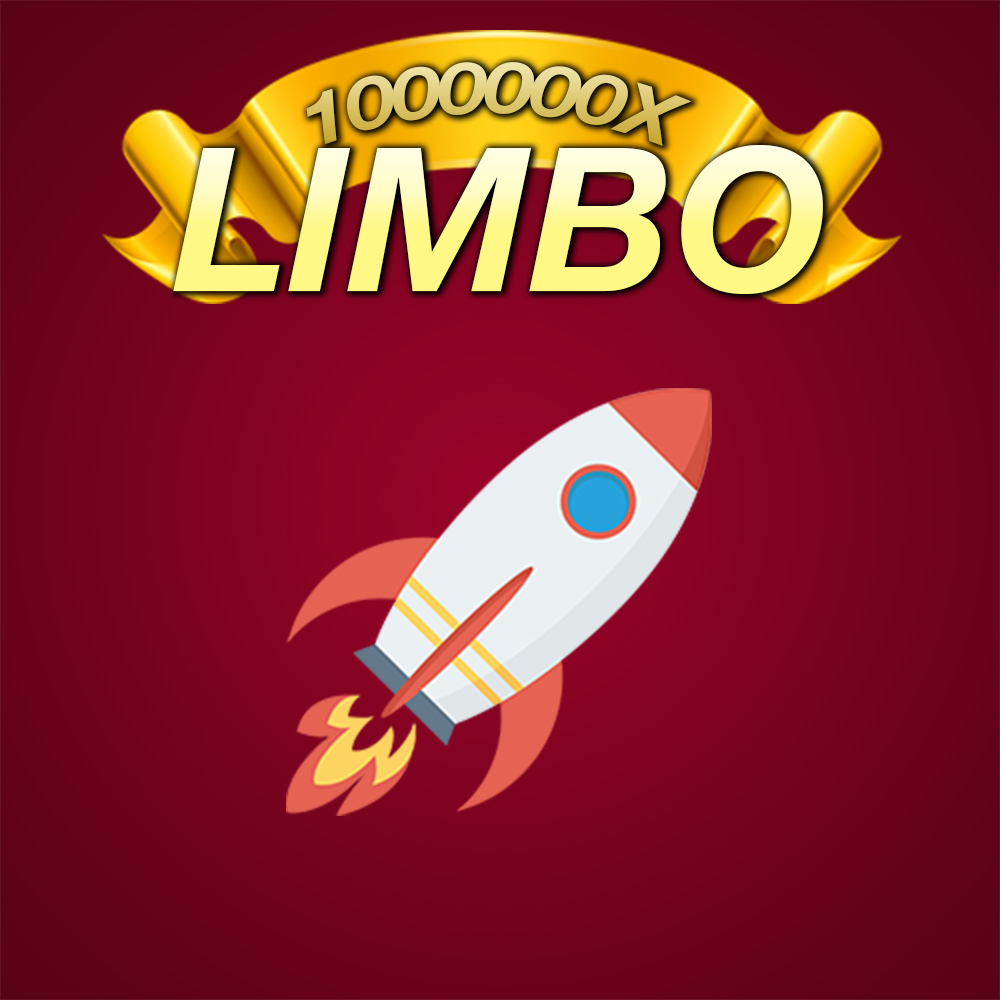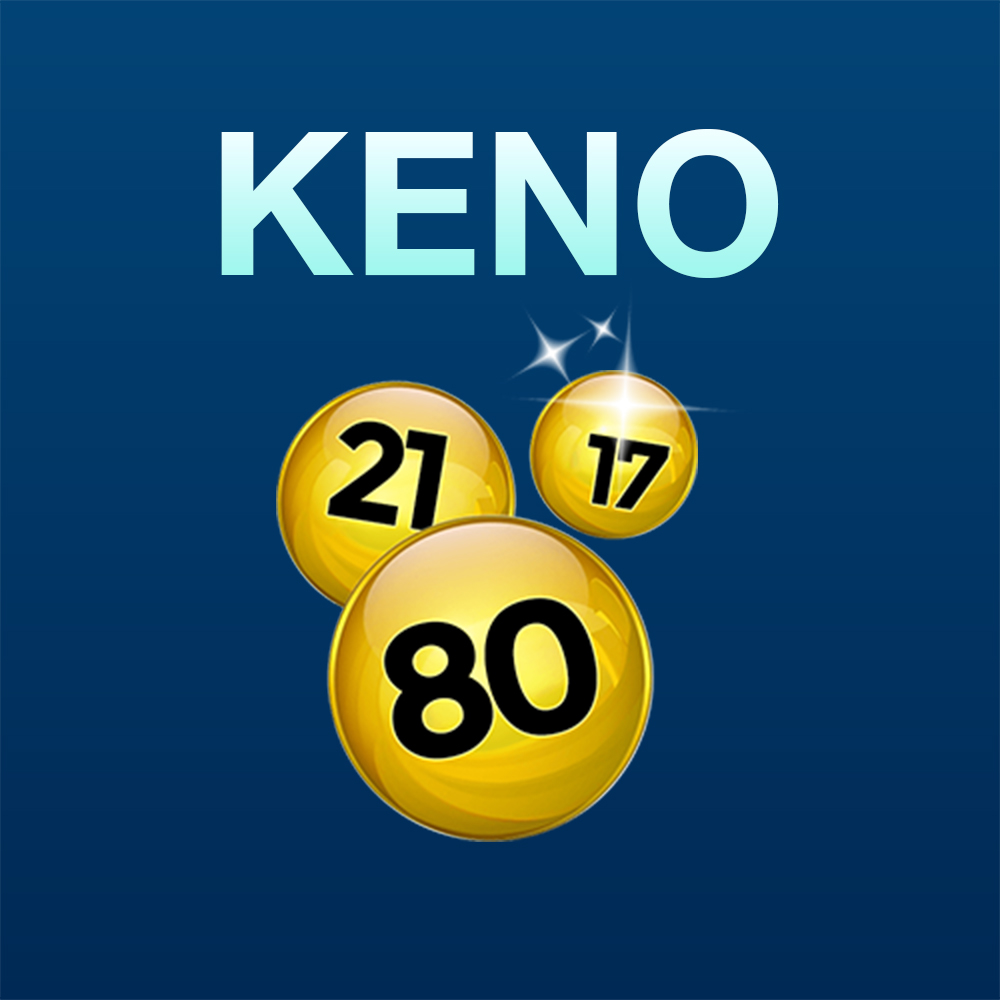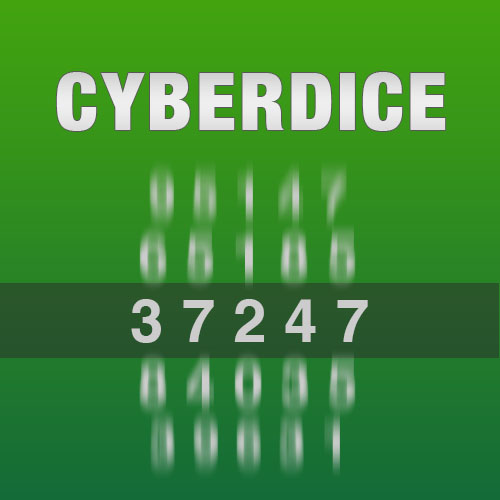- Games
-
Dice
-
CyberDice
-
Keno
-
Limbo
-
Quests
- Finance
- Cashier
- Exchanger
- Faucet
- VIP Club
- Affiliate
- Daily reward
- Services
- From $0.63 / month VPN service
- Profile & Settings
- My profile
- Settings
- Other
- Verifier
- FAQ
- Live Support
- Telegram channel
- Telegram group
Ethereum (ETH) information

Ethereum (ETH) Logo
Ethereum lies at its core as a decentralized global software platform harnessed by the prowess of blockchain technology. Its most recognized asset is its inherent cryptocurrency, known as ether (ETH).
Ethereum is open for utilization by all, enabling the creation of secure digital technologies. Its native token serves as a means to compensate contributors to the blockchain's operations, but participants can also employ it for transactions involving tangible goods and services, where accepted.
With its emphasis on scalability, programmability, security, and decentralization, Ethereum stands as the preferred blockchain for developers and enterprises crafting innovations that could reshape various industries and redefine our daily routines.
Its intrinsic support for smart contracts, pivotal for decentralized applications, forms a cornerstone of Ethereum's capabilities. This aspect is notably embraced by numerous decentralized finance (DeFi) and other applications that merge smart contracts with blockchain technology.
Delve deeper into the realm of Ethereum, exploring the significance of its token ETH, their roles within the realm of non-fungible tokens, decentralized finance, decentralized autonomous organizations, and the ever-expanding metaverse.
CORE POINTS TO REMEMBER
- Ethereum stands out as a blockchain-driven platform renowned for its cryptocurrency, known as ether (ETH).
- The underlying blockchain technology of Ethereum facilitates the creation and transparent upkeep of secure digital records.
- While Bitcoin and Ethereum share certain resemblances, they diverge in terms of their ultimate objectives and constraints.
- In September 2022, Ethereum transitioned from a proof-of-work to a proof-of-stake consensus mechanism.
- Ethereum forms the bedrock for various burgeoning technological breakthroughs built upon blockchain principles.
Ethereum's Mechanism Unveiled
In 2014, Vitalik Buterin, recognized as the mind behind Ethereum's conception, released a white paper to present the concept.
Putting the plan into action, Buterin teamed up with Joe Lubin, the founder of ConsenSys, a blockchain software firm, to bring the Ethereum platform to life in 2015.
The originators of Ethereum were among the pioneers who envisioned the extensive capabilities of blockchain technology, moving beyond its initial role as a secure virtual payment method.
Since its inception, Ethereum's native cryptocurrency, ether, has surged to secure its position as the second-largest cryptocurrency by market capitalization, with only Bitcoin reigning supreme.
Blockchain Mechanism
Ethereum, much like other cryptocurrencies, operates on the foundation of blockchain technology. Visualize an extensive chain composed of interconnected blocks. The entirety of data housed within each block seamlessly merges with fresh data when new blocks are generated. Across the network, an identical replica of this blockchain is widely distributed.
A network of automated programs validates this blockchain, achieving consensus on the accuracy of transaction details. Only when a consensus is achieved can modifications be introduced to the blockchain. This robust process ensures a high level of security.
Consensus is established through an algorithm commonly known as a consensus mechanism. Ethereum employs the proof-of-stake algorithm, wherein a community of participants termed validators collaboratively generate new blocks and jointly authenticate the information they encompass. These blocks encapsulate details about the blockchain's state, a series of attestations (consisting of a validator's endorsement and vote on block validity), transactions, and an array of additional data.
Proof-of-Stake Mechanism
Differing from the energy-intensive mining characteristic of proof-of-work, proof-of-stake operates without such demands to validate blocks. Instead, it employs a finalization protocol named Casper-FFG alongside the LMD Ghost algorithm, merging into a consensus mechanism termed Gasper. This mechanism governs consensus and outlines how validators earn rewards for their contributions or face penalties for dishonest behavior.
Individual validators need to stake 32 ETH to activate their validation capabilities. While smaller amounts can be staked, individuals must join validation pools to share rewards. The process involves a validator generating a new block and attesting to its validity, a step termed attestation. This block is then shared with a committee of other validators, who verify and cast votes on its legitimacy.
Proof-of-stake imposes consequences for unscrupulous validators. Gasper identifies network attacks and determines the acceptance or rejection of blocks based on validator votes. Validators found engaging in dishonest actions face penalties, resulting in their staked ETH being burned and their expulsion from the network. Burning involves sending cryptocurrency to a wallet without keys, effectively removing it from circulation.
Cryptocurrency Storage Solutions
Ethereum holders utilize wallets to safeguard their ether holdings. A wallet serves as a digital gateway granting access to your ether stored within the blockchain. Similar to an email address where users receive emails, your wallet possesses an address through which ether can be sent.
It's important to note that your wallet doesn't physically contain your ether. Instead, it stores private keys, akin to passwords, which are utilized during transactions. Each unit of ether you possess corresponds to a distinct private key, critical for managing your ether. This underscores the significance of securing your keys via various storage techniques, which is a frequent topic of discussion in the realm of cryptocurrency.
Pivotal Historical Division
A significant event etched into Ethereum's past involves the occurrence of a hard fork, resulting in the divergence of Ethereum and Ethereum Classic.
In 2016, a faction of participants within the Ethereum network seized majority control, orchestrating a heist that led to the pilfering of over $50 million worth of ether, funds that were initially intended for a venture known as The DAO.
The achievement of this breach was accredited in part to the contribution of a third-party developer linked to the new initiative. The majority of the Ethereum community chose to counteract the theft by annulling the existing Ethereum blockchain and endorsing an alternative blockchain marked by an altered history.
Nevertheless, a segment of the community elected to preserve the original incarnation of the Ethereum blockchain. This unaltered iteration evolved into what we now recognize as the cryptocurrency Ethereum Classic (ETC).
Contrasting Ethereum with Bitcoin
Ethereum is frequently juxtaposed with Bitcoin, sharing numerous resemblances, yet also boasting distinct divergences.
Ethereum is often described by its founders and developers as "the world's programmable blockchain," positioning itself as a versatile, programmable network teeming with a multitude of applications. In contrast, the Bitcoin blockchain was created primarily to sustain the bitcoin cryptocurrency.
While the Ethereum platform was established with expansive goals, aiming to harness blockchain technology for a wide array of applications, Bitcoin was exclusively designed as a means of payment.
Bitcoin has a fixed cap of 21 million bitcoins that can ultimately enter circulation. On the other hand, the creation of ETH is unlimited; however, the time it takes to process an ETH block places a cap on the annual ether minting rate. Presently, over 122 million Ethereum coins are in circulation.
Another notable distinction pertains to how transaction processing fees are managed. Ethereum participants cover these fees, referred to as "gas," for their transactions. In contrast, the broader Bitcoin network absorbs the fees linked to Bitcoin transactions.
As of September 2022, Ethereum employs a proof-of-stake consensus mechanism, while Bitcoin relies on the energy-intensive proof-of-work consensus, necessitating miners to vie for rewards.
The Evolution of Ethereum's Path Ahead
Ethereum's evolutionary shift toward the proof-of-stake protocol marks a substantial enhancement to the platform. This transformation empowers users to validate transactions and mint new ETH based on their ether holdings. Initially termed Eth2, this upgrade has since taken on the singular name Ethereum. Nonetheless, Ethereum's structure now comprises two distinct layers. The first layer serves as the execution realm, overseeing transactions and validations, while the second layer functions as the consensus domain, dedicated to maintaining attestations and the consensus chain.
This upgrade introduces expanded capacity to the Ethereum network, effectively accommodating its expansion ambitions. Over time, this development is anticipated to alleviate persistent issues of network congestion that have led to elevated gas fees.
Eager to tackle scalability, Ethereum remains dedicated to advancing the concept of "sharding." This strategy involves segmenting the Ethereum database across its network. This concept mirrors the principles of cloud computing, where a multitude of computers collaboratively handle tasks to expedite computational processes. The resulting smaller sections of the database, termed shards, will be entrusted to those who have staked ETH. This approach enables a greater number of validators to operate concurrently, thereby reducing the time required to achieve consensus through a process aptly referred to as "sharding consensus."
Integration into the Gaming Sphere
Ethereum is finding its way into the realms of gaming and virtual reality. An exemplar is Decentraland, a virtual realm underpinned by the Ethereum blockchain, ensuring the security of assets residing within this digital domain. Within Decentraland, properties like land, avatars, wearables, constructions, and surroundings are all tokenized through the blockchain, establishing distinct ownership for each.
Another notable player in this space is Axie Infinity, a game that taps into blockchain technology and introduces its own cryptocurrency named Smooth Love Potion (SLP). This virtual currency is utilized for in-game rewards and transactions, fostering an interconnected ecosystem within the game itself.
Non-Fungible Tokens: A Breakdown
The year 2021 saw the ascent of non-fungible tokens (NFTs) into the limelight. NFTs represent digitized items that are tokenized through Ethereum.
In essence, tokenization assigns a distinct digital token to a single digital asset, uniquely identifying it and embedding it within the blockchain's framework.
This mechanism establishes ownership by encoding the owner's wallet address into encrypted data. Consequently, NFTs can be exchanged or sold, with each transaction being recorded as a verifiable entry on the blockchain. The network's verification process ensures the smooth transfer of ownership.
NFTs are being adapted for an array of assets. As an illustration, enthusiasts of sports can procure sports tokens, also referred to as fan tokens, connected to their beloved athletes. These tokens function analogously to trading cards. Some NFTs manifest as images mimicking trading cards, while others take the form of videos spotlighting memorable or historic moments in the athlete's career.
The Evolution of DAOs
The development of Decentralized Autonomous Organizations (DAOs) is gaining traction as a collaborative approach for decision-making across distributed networks.
For instance, consider establishing a venture capital fund funded through crowdsourcing. However, if you desire decentralized decision-making and transparent automatic distributions, a DAO could be the solution. By utilizing smart contracts and applications, a DAO could aggregate votes from fund members, invest in projects based on majority consensus, and automatically distribute returns. These transactions would be transparent to all parties involved, eliminating the need for third-party intermediaries.
The role of cryptocurrency in the future remains somewhat ambiguous. Nevertheless, Ethereum seems poised to play a pivotal role in personal and corporate finance, as well as numerous aspects of modern life.
Purchasing Ethereum: How to Do It
Investors can engage with multiple cryptocurrency exchange platforms to buy or sell ether. Ethereum is supported by dedicated cryptocurrency exchanges like Coinbase, Kraken, Gemini, Binance, as well as brokerages like Robinhood.
Ethereum's Revenue Model
Ethereum operates as a decentralized entity and does not generate profits itself. Instead, participants known as validators in the Ethereum network earn rewards in the form of ETH for their contributions.
Considering Ethereum as an Investment
Determining the suitability of investing in Ethereum hinges on individual financial objectives, risk tolerance, and goals. The cryptocurrency ETH is known for its volatility, which introduces risk to investments. Nonetheless, exploring it as an investment avenue is prudent due to the myriad innovative technologies utilizing Ethereum that could play substantial roles in our society's evolution.
Ethereum: Currency or Platform?
The Ethereum platform boasts its native cryptocurrency named ether (ETH). While commonly referred to as Ethereum, it's essential to differentiate that Ethereum constitutes a blockchain-powered platform while ether functions as its cryptocurrency.
Converting Ethereum to Cash
Certainly. ETH holders can convert their cryptocurrency to cash through online exchanges such as Coinbase, Kraken, and Gemini. The process involves setting up an account, linking a bank account, transferring ETH from a wallet to the exchange, selling ETH on the platform, and subsequently transferring the resulting cash to the linked bank account.
It's crucial to recognize that investing in cryptocurrencies and initial coin offerings (ICOs) carries significant risk and speculation. The content provided here is not an endorsement or financial advice. Given the uniqueness of each individual's situation, consulting a qualified professional before making financial decisions is recommended. The accuracy and timeliness of the information presented in this article are not guaranteed by LuckyDiamond or the author.
Games where you can win  Ethereum (ETH):
Ethereum (ETH):
Loading





